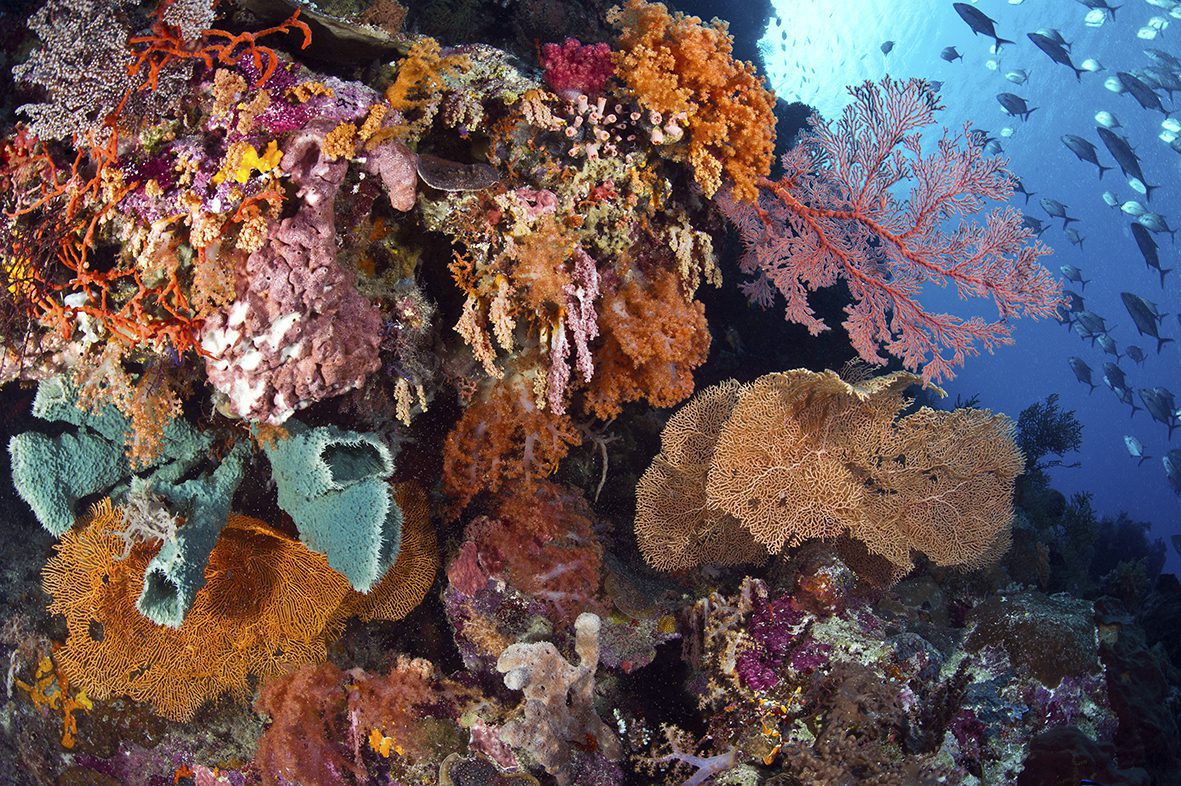The wait is over, and Wakatobi Resort is once more welcoming divers and snorkellers to one of the world's most-celebrated diving and snorkelling destinations. Guests from around the world are making plans to visit this remote island paradise, and the resort staff is now ready for their arrival.
Over the years, many visitors have called Wakatobi a ‘dream destination', but what exactly is it that keeps the resort at the top of so many divers’ list of favourites? Here are just 7 of the reasons.
Remote but accessible
Wakatobi sits on a small island in a remote corner of Indonesia in Southeast Sulawesi. But unlike many out-of-the-way destinations, getting to the resort won't require a string of puddle jumpers, inter-island ferries and taxi rides. Instead, arriving guests are met by the concierge staff at the Bali Airport, and from that moment they take care of everything, from the heavy lifting to co-ordinating transfers and scheduling overnight stopovers. This allows guests to rest and refresh prior to boarding a direct mid-morning charter flight to Wakatobi's private airstrip. On arrival, you can relax over lunch and plan an afternoon dive, knowing that your bags have been delivered to your bungalow or villa, and your scuba gear moved to the dive centre and made ready for use.
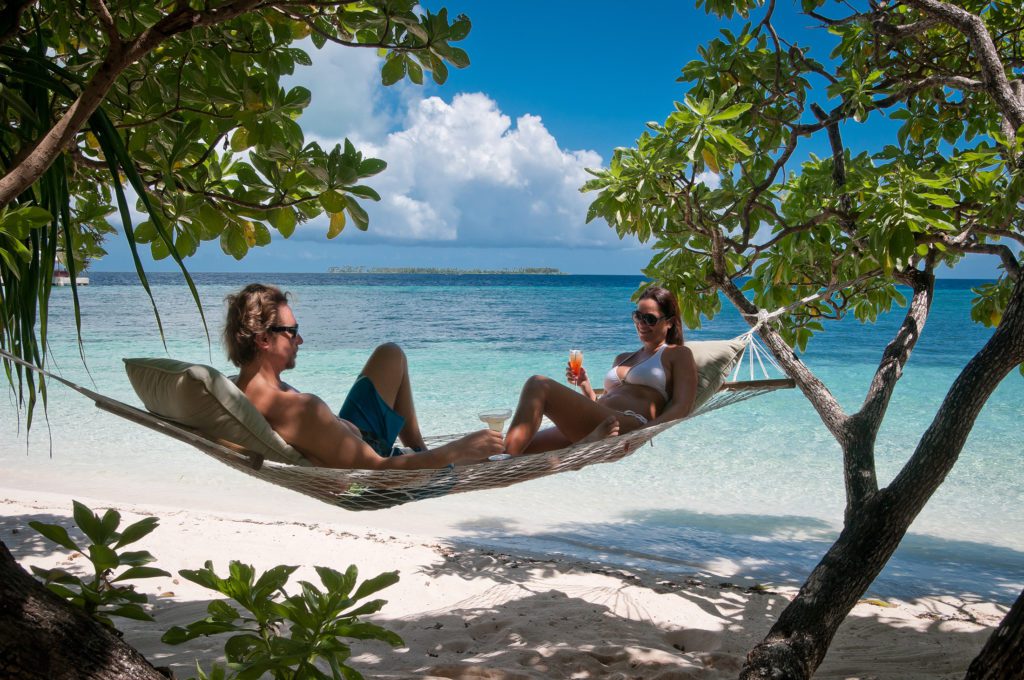
The shore with more
Wakatobi's House Reef has earned a reputation as one of the world's very best shore dives. Divers and snorkellers can explore this vast and diverse site for days, making new discoveries with each immersion.
From the beach, an expansive area of grass beds and coral heads hold numerous small treasures awaiting discoveries, while 80 metres from shore, a shallow, coral-encrusted shelf transitions into a steep slope and wall that plummets beyond the range of scuba.
The House Reef wall along the north and south of the resort jetty is covered with a dense coat of hard and soft corals, sea fans, sponges, and tunicates, with overhangs that create resting places for resident turtles, lobster and other crustaceans while many varieties of schooling fish swim nearby and out toward the blue.
Entry to the House Reef is easy, as divers and snorkellers can make the short swim from shore or descend the stairs at the jetty. The jetty’s pilings attract shoaling fish, and clustered nearby are dozens of anemones populated with iconic clownfish. In addition, the site is available to divers and snorkellers day and night, and on request Wakatobi ‘taxi boats' will ferry guests to more distant portions of the House Reef so they can leisurely make their way back to the jetty.
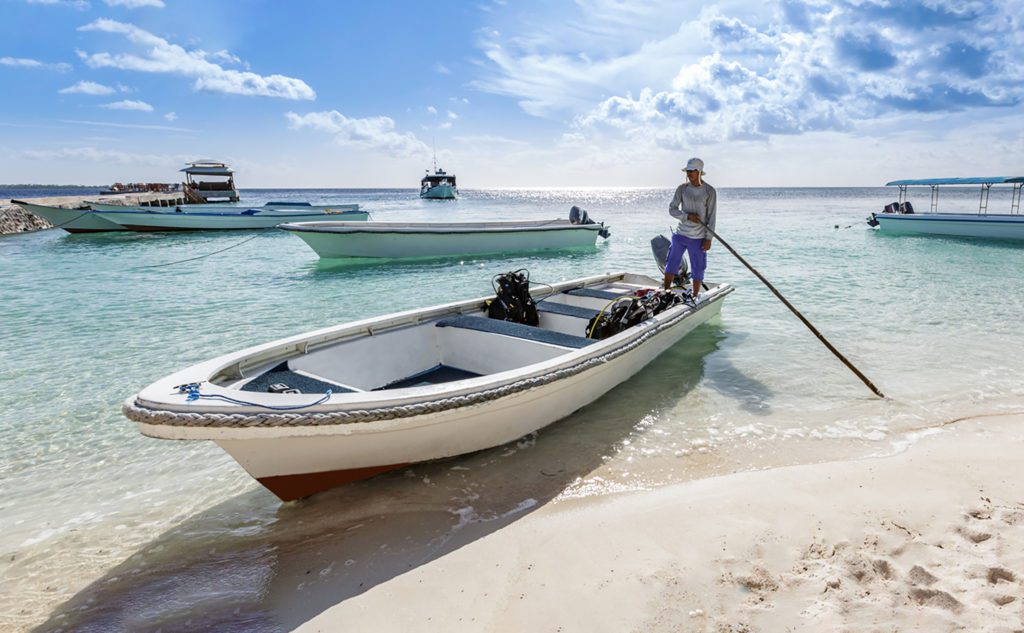
An underwater zoo
The private marine preserve created and supported by Wakatobi Resort is home to some of the most-pristine and biodiverse coral reefs on Earth. Each of the more than 40 sites visited by the resort’s dive boats is spectacular in its own way, but some are especially enjoyed by staff and divers alike.
Among these is The Zoo. Just a quick boat ride from the resort, this site is one of the fishiest places in central Indonesia. Close to shore, a patch reef within a sand-bottom bay provides shelter for a wealth of interesting marine life. A leisurely look among the corals will expose frogfish, ghost pipefish and leaf scorpionfish hiding in plain sight. Closer scrutiny may reveal smaller prizes such as hairy squat lobster, while a survey of the bottom will yield bizarre burrowers such as the stargazer and the alien-like mantis shrimp.
Large schools of goatfish, sweetlips, and fusilier meander about. Mushroom anemones at The Zoo are home to their namesake mushroom pipefish, which is a small white pipefish with a triangular head that gives it the appearance of a small underwater python. The Zoo is mainly a hard coral site, but a small ridge extends out of the reef at around 20m with some stunning, large rose corals, colorful soft corals and a steep drop off into deep water.
The Zoo is a favourite site for night dives as well. At dusk, many varieties of colourful fish emerge from the staghorn coral and rubble. Under the cover of full darkness, a new range of nocturnal animals such as hunting cuttlefish, colourful flatworms and many species of lionfish scour the reef, including the elusive twinspot lionfish. Bobtail squid and octopus are found here, and dive lights will reveal thousands of glowing eyes from the various shrimps and crabs that hang out in just about every crack and crevice.
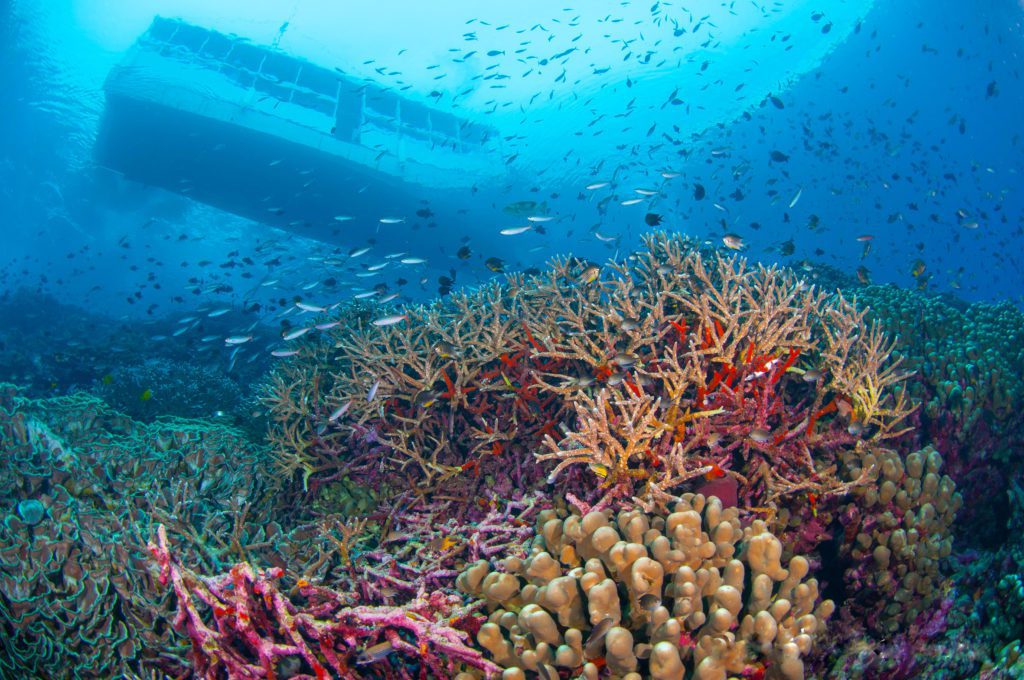
A trip to the edge
The unique site known as Blade is formed by a row of thin, parallel seamounts that rise from a deeper ridge to within 2m of the surface. When seen in profile, the entire formation resembles the serrated teeth of a giant knife set on edge, hence its name. The individual pinnacles are long but quite narrow. Divers drifting close to the surface can actually view both sides of the formations simultaneously from above. Blade is about as picturesque as it gets, complete with colourful arrays of giant sponges and sea fans that can at times grow to upwards of two to three metres across.
Red whip corals grow thick on the steep sides of each pinnacle, providing fantastic photo opportunities. Multi-hued crinoids can often be seen perched on the tips of gorgonians, extending their tentacles to catch passing morsels of food. Mild currents allow divers to drift from peak to peak, evoking a sensation of weightless flight. All in all, Blade is an experience not soon forgotten.
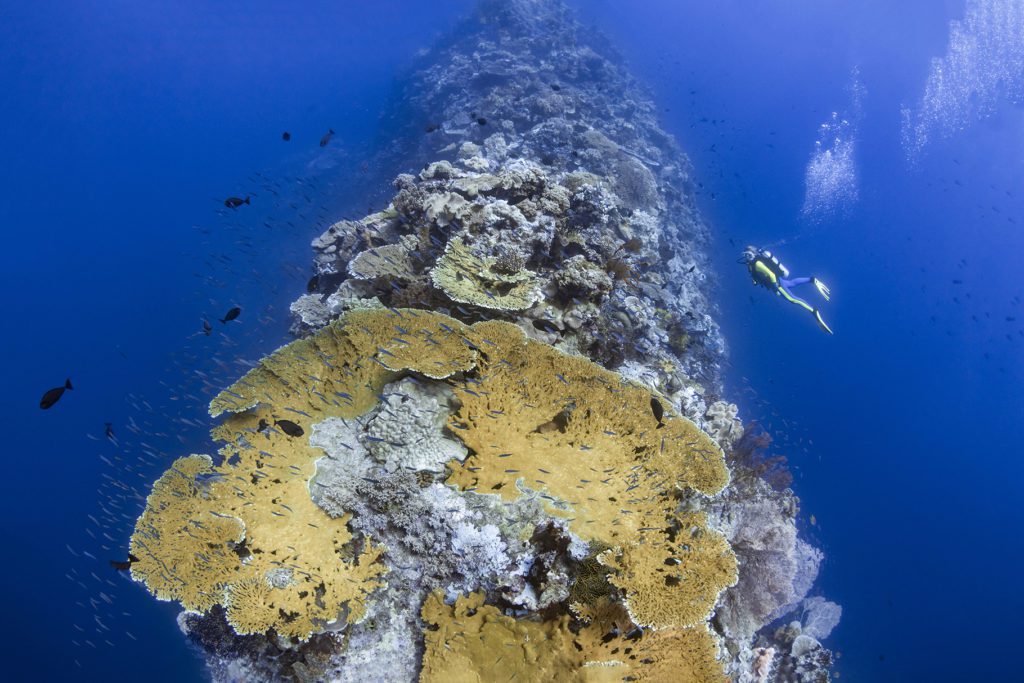
Crowd-pleasing variety
Wakatobi offers something for all. Divers can spend relaxing hours on shallow reefs and exploring sheltered bays or drop on coral-covered pinnacles that attract large schools of fish. Reefs that begin very close to the surface drop to depths of more than 100 metres, creating opportunities for long multi-level profiles, and providing extended-range divers with new opportunities.
Avid divers are pleased to learn that Wakatobi is equally enjoyable for non-diving partners and children at home, as the resort is family friendly and offers a range of water, beach, and land activities. Bungalows can be arranged to accommodate families, and there are one and two-bedroom waterfront villas offering much more space. A nanny programme frees up new parents, and Bubblemaker and junior diving programmes let youngsters safely experience the underwater world. The same premier reefs that wow divers are equally inviting to snorkellers who are given equal respect as divers and are welcomed aboard boats headed to the many sites with a shallow component. This creates unique opportunities for non-diving members of the family to join in the fun.
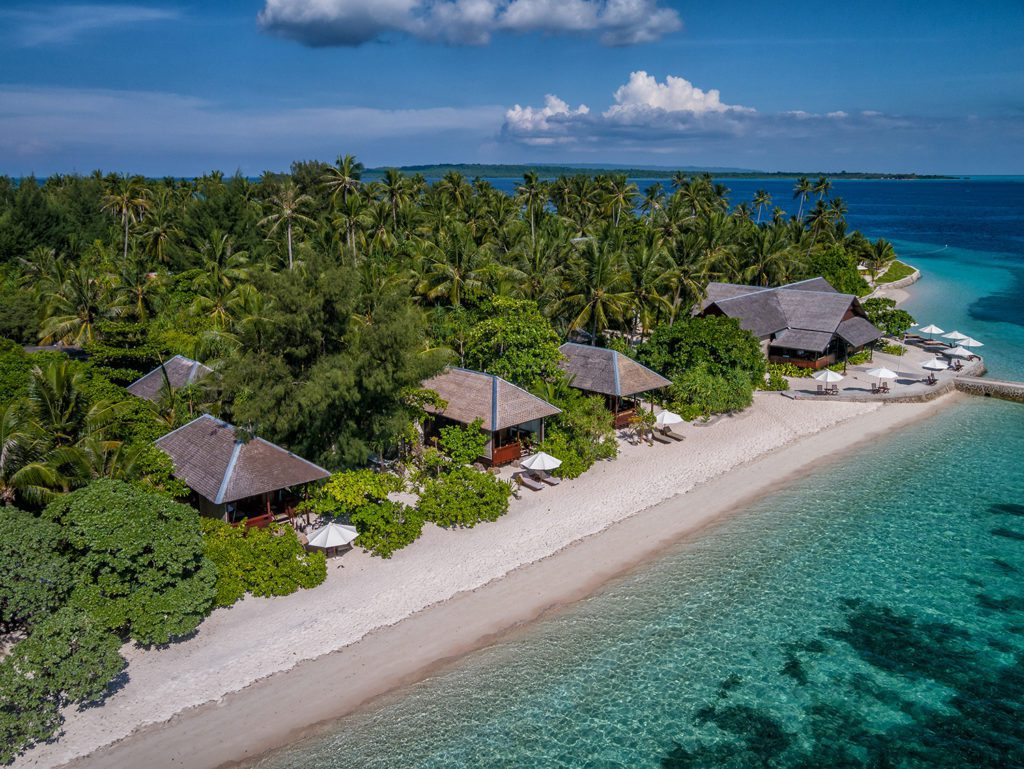
Diving to make a difference
In an era when going green is the right thing to do, Wakatobi remains a regional leader in conservation and environmental protection. The resort's award-winning Collaborative Reef Conservation Programme was among the first of its kind, creating a new paradigm for sustainable tourism. The resort operates recycling and waste-water mitigation stations, sponsors weekly cleanups that involve up to 100 local people, and works closely with local communities and governments on the issues of waste management. The resort owners have been instrumental in bringing clean solar power to the region.
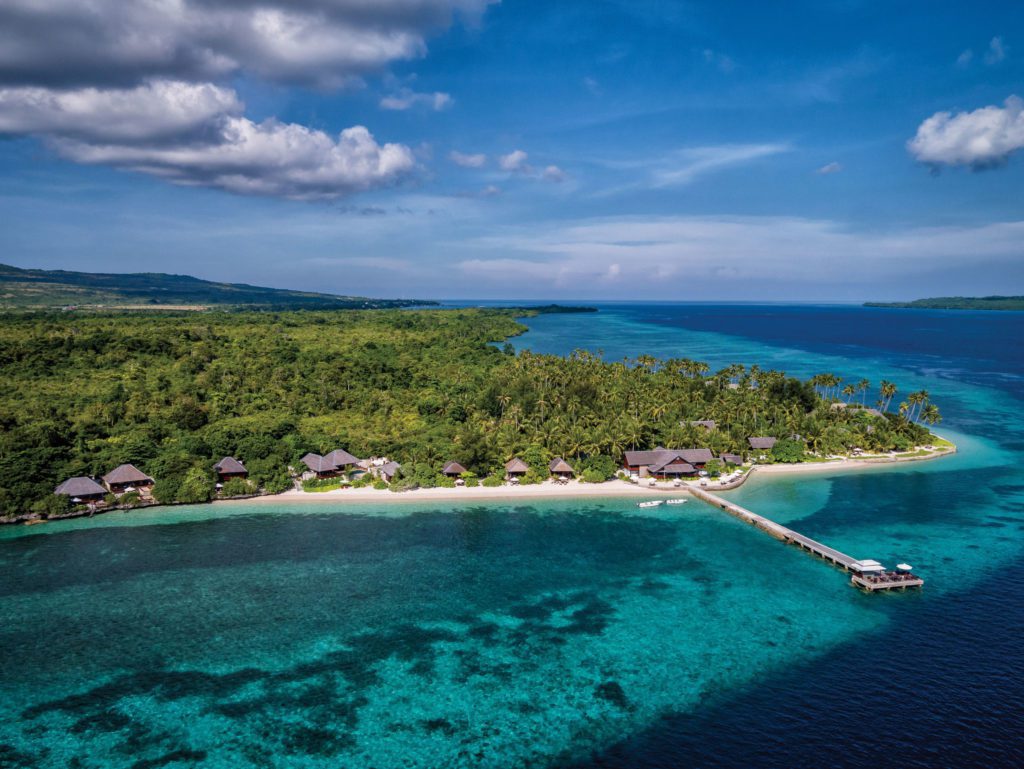
Warm welcomes and savoury surface intervals
The Wakatobi team takes pride in delivering a special blend of hospitality that combines a five-star service ethic with the warmth of a family friend. Smiles are everywhere, and no request is trivial or forgotten. A particular highlight of the Wakatobi experience is mealtime. Fine dining and remote locations don’t always go together, but Wakatobi provides a spectacular and delicious exception to this rule. The direct charter flights that speed guests to Wakatobi also provide the resort kitchens with a steady supply of the freshest foods and produce from Bali and around the world.
The resort restaurant’s prime beachside location creates a premier dining experience in a relaxed yet elegant setting, with a menu that includes a broad range of international dishes along with an intriguing sampling of Indonesian cuisines, all prepared fresh by an expert culinary team. Chefs are happy to create guest favorites on request and can also accommodate a range of special dietary requirements.
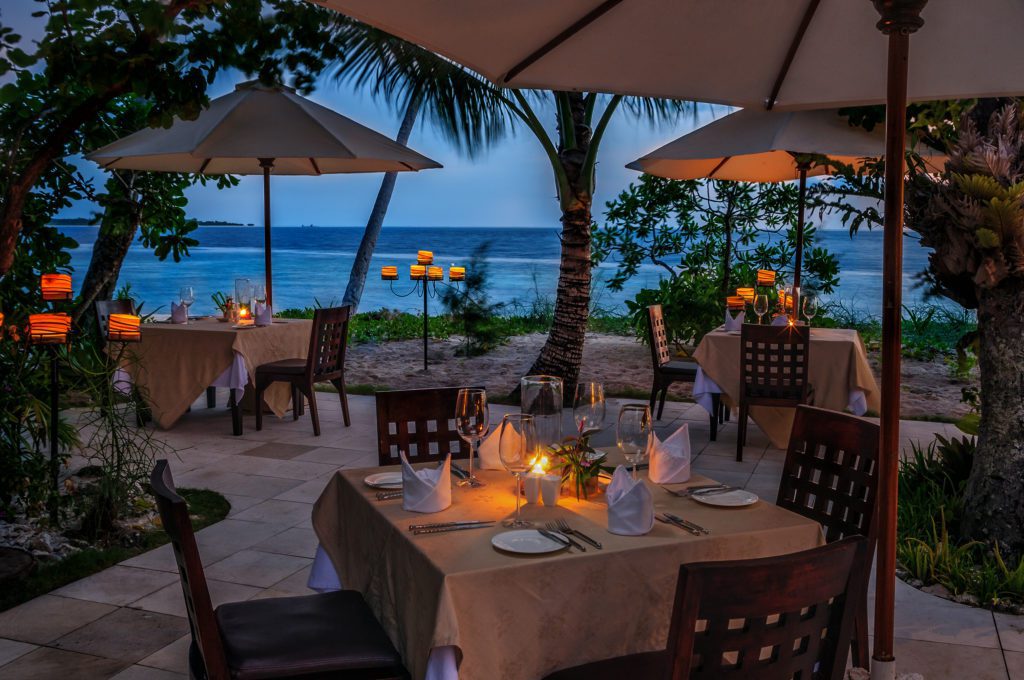
Want to learn more about Wakatobi Resort, or perhaps schedule your own visit to this little piece of paradise? Email Linda Cash: linda@wakatobi.com or visit the website.
